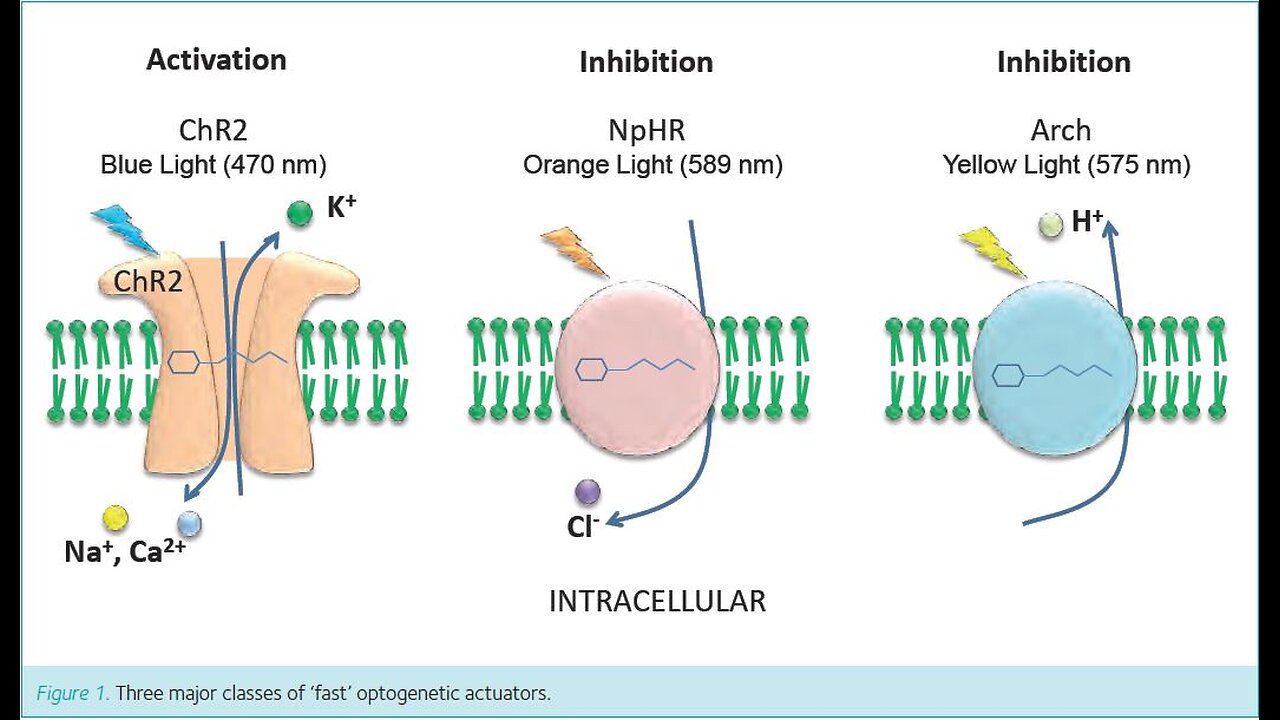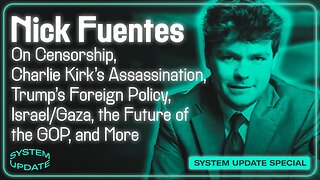Premium Only Content

Parodies with Clarity!! For fun and just education. "Changes you've made". Please see description.
For fun and just education.
This is a parody of, "Call me when you're sober".
Original artist, Evanescence.
*** I do not own the musical arrangement, but I do own the lyrics. ***
BIOFIELD = Anatomy
https://pubmed.ncbi.nlm.nih.gov/26665040/
Gene editing, also known as genome editing, is the ability to make precise changes to an organism's DNA. This technology uses enzymes, like nucleases, to cut DNA at specific locations, allowing scientists to remove, add, or alter genetic material. Gene editing tools, like CRISPR-Cas9, can target specific DNA sequences with remarkable accuracy, allowing for precise modifications. CRISPR-Cas9 is a powerful gene-editing technology that allows scientists to make precise changes to DNA sequences. It uses a protein called Cas9, acting like molecular scissors, and a guide RNA to locate and cut specific DNA sequences.
https://www.google.com/search?client=firefox-b-1-d&q=crispr+cas9
Optogenetics is a technique that combines genetics and optics to control the activity of specific cells in living tissue, typically neurons, using light. It involves genetically modifying cells to express light-sensitive proteins called opsins, which can then be activated or inhibited by light to modulate cell activity.
In optogenetics, genetically modified microbial opsins are used to manipulate cellular activity with light. The most commonly used opsins are channelrhodopsins (ChRs) and halorhodopsins, along with others like bacteriorhodopsins (BRs) and archaerhodopsins (Archs). ChRs are light-activated cation channels that depolarize cells, while halorhodopsins and Archs are light-driven pumps that hyperpolarize cells.
The interstitium is a network of fluid-filled spaces that exists throughout the body between cells, tissues, and organs. It acts as a support structure and provides a pathway for the movement of nutrients, waste products, and immune cells.
-
 1:26:00
1:26:00
Glenn Greenwald
12 hours agoNick Fuentes On Censorship, Charlie Kirk's Assassination, Trump's Foreign Policy, Israel/Gaza, the Future of the GOP, and More | SYSTEM UPDATE #523
131K338 -
 5:49:04
5:49:04
StevieTLIVE
7 hours ago#1 Kar98 Warzone POV Monday MOTIVATION
26.3K1 -
 4:45:45
4:45:45
a12cat34dog
7 hours agoTHE *NEW* SILENT HILL :: SILENT HILL f :: IS IT GOOD!? {18+}
22K4 -
 1:00:21
1:00:21
Akademiks
5 hours agonba youngboy live show.
56.8K2 -
 2:51:15
2:51:15
The Quartering
5 hours agoThey Just Stopped Another Attack, Trump Defeats Youtube, Hasan PIker Meltdown & More
69.1K49 -
 2:03:20
2:03:20
megimu32
5 hours agoOn The Subject: Football Movies of the 90s & 2000s
16.7K3 -
 2:55:20
2:55:20
Technically Mexican
5 hours agoI Play Hollow Knight: SILKSONG! #18
10.1K -
 3:12:55
3:12:55
SlingerGames
4 hours agoMega Monday | Skate and More
6.97K -
 8:54:37
8:54:37
Dr Disrespect
14 hours ago🔴LIVE - DR DISRESPECT - BABY STEPS - TO THE TIPPITY TOP
199K19 -
 LIVE
LIVE
Drew Hernandez
11 hours agoTRUMP'S NEW GAZA PEACE PLAN & NETANYAHU LAUNCHES NEW SOCIAL MEDIA OP
583 watching